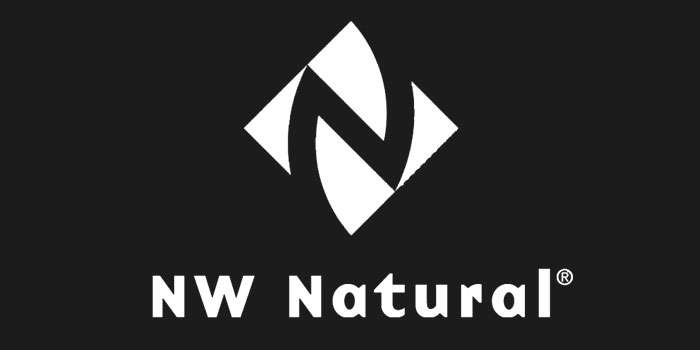NW Natural – 12/04/18 1:43 PM
Research by E3 Takes In-Depth Look at Decarbonization with Focus on Coldest Days
Portland, Ore. Dec. 4, 2018 – A new study commissioned by NW Natural and conducted by independent consulting firm, Energy and Environmental Economics (E3), shows natural gas plays a pivotal role in helping the region meet dramatic emission reduction goals most affordably and reliably.
To date, all “deep decarbonization” studies agree that getting to an 80% carbon reduction goal by 2050 will be challenging and must involve using energy more efficiently, ramping up renewable resources, electrifying passenger vehicles, and aggressively developing biofuels, including renewable natural gas. But this is the first time a closer look has been taken at how energy needs can be met to serve homes and businesses on the coldest winter days in the Pacific Northwest.
The new research shows that by adding 25% renewable natural gas (RNG) into the existing natural gas system and delivering it to heat homes directly (versus using it to generate electricity), the region can achieve its climate goals without a substantial build out of new power plants. A report released in September by the Oregon Department of Energy shows the total amount of RNG that can be produced from the state’s waste streams, (including wastewater, landfills, animal, food and wood waste), far exceeds that amount.
“Renewable natural gas takes waste streams that produce emissions and puts them to use as clean energy, dramatically reducing greenhouse gasses that contribute to climate change,” said David H. Anderson, president and CEO of NW Natural. “The good news is that we already have plans in place to put RNG into our pipeline system, which is one of the most modern in the nation.”
NW Natural hired E3 to conduct an economy-wide deep decarbonization study for Oregon and Washington, based on E3’s experience pioneering this type of work in California and throughout the U.S. A key question addressed in this study is how NW Natural’s system can be used to ensure reliable energy on the coldest winter days while dramatically driving down greenhouse gas emissions over the next three decades.
“The natural gas system in the Pacific Northwest delivers more energy than the region’s entire hydroelectric system. It’s a critical asset to lowering emissions and it’s already in place,” added Anderson. “Today, natural gas sales to our residential and commercial customers accounts for about 5% of Oregon’s emissions. And with the innovations we’re already pursing, like renewable natural gas, NW Natural is poised to play a vital role in helping the communities we serve meet their climate goals and achieve deep decarbonization.”
More information on the E3 study, “Pacific Northwest Pathways to 2050,” can be found at
https://www.ethree.com/wp-content/uploads/2018/11/E3_Pacific_Northwest_Pathways_to_2050.pdf.
The Oregon Department of Energy 2018 Report to the Legislature, “Biogas and Renewable Natural Gas Inventory SB 334 (2017),” can be found at https://www.oregon.gov/energy/Data-and-Reports/Documents/2018-RNG-Inventory-Report.pdf. Additional information from NW Natural can be found at www.lesswecan.com.
About NW Natural
NW Natural provides natural gas service to approximately two million people in more than 140 communities through 740,000 meters in Oregon and Southwest Washington with one of the most modern pipeline systems in the nation. It consistently leads the industry with high J.D. Power & Associates customer satisfaction scores. More information is at www.nwnatural.com
###











